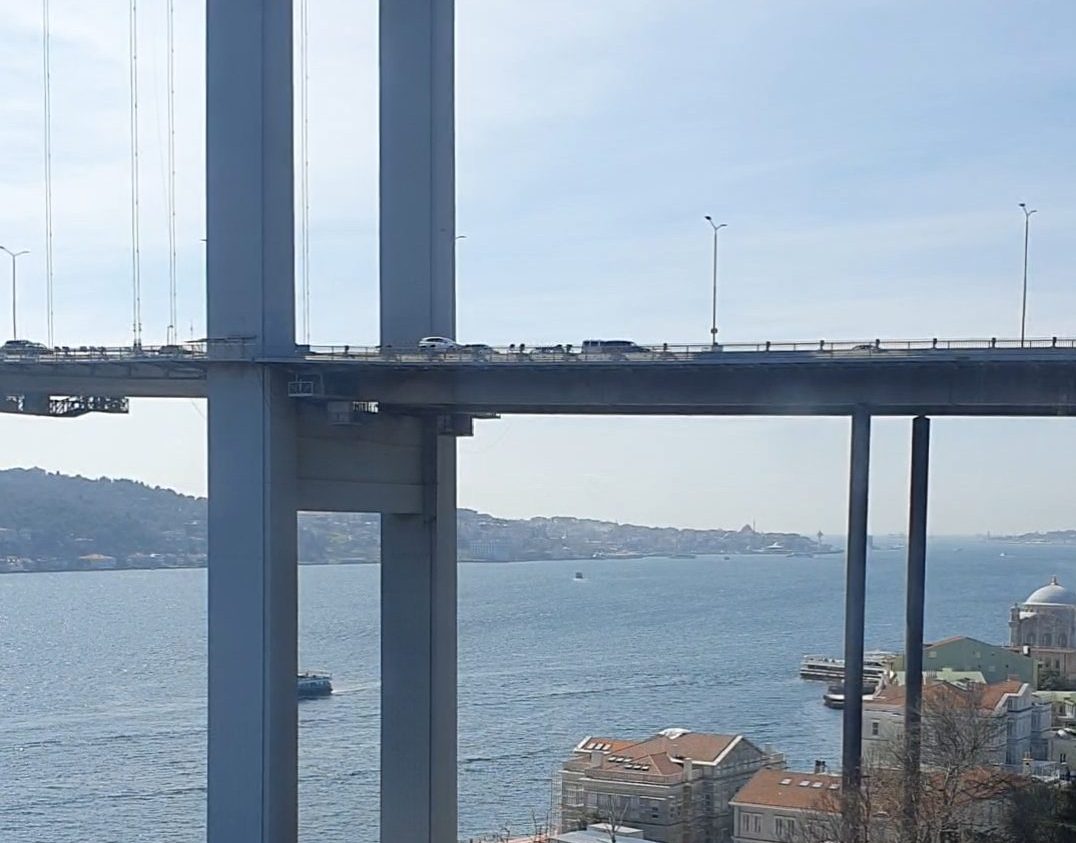
The diversity of cultures and people is in constant flux in Istanbul, just like the waters of the Bosporus. As the conclusion of the ERC-funded research project, the METROMOD team went on the trail of artistic exile in the largest metropolis of today’s Turkey.
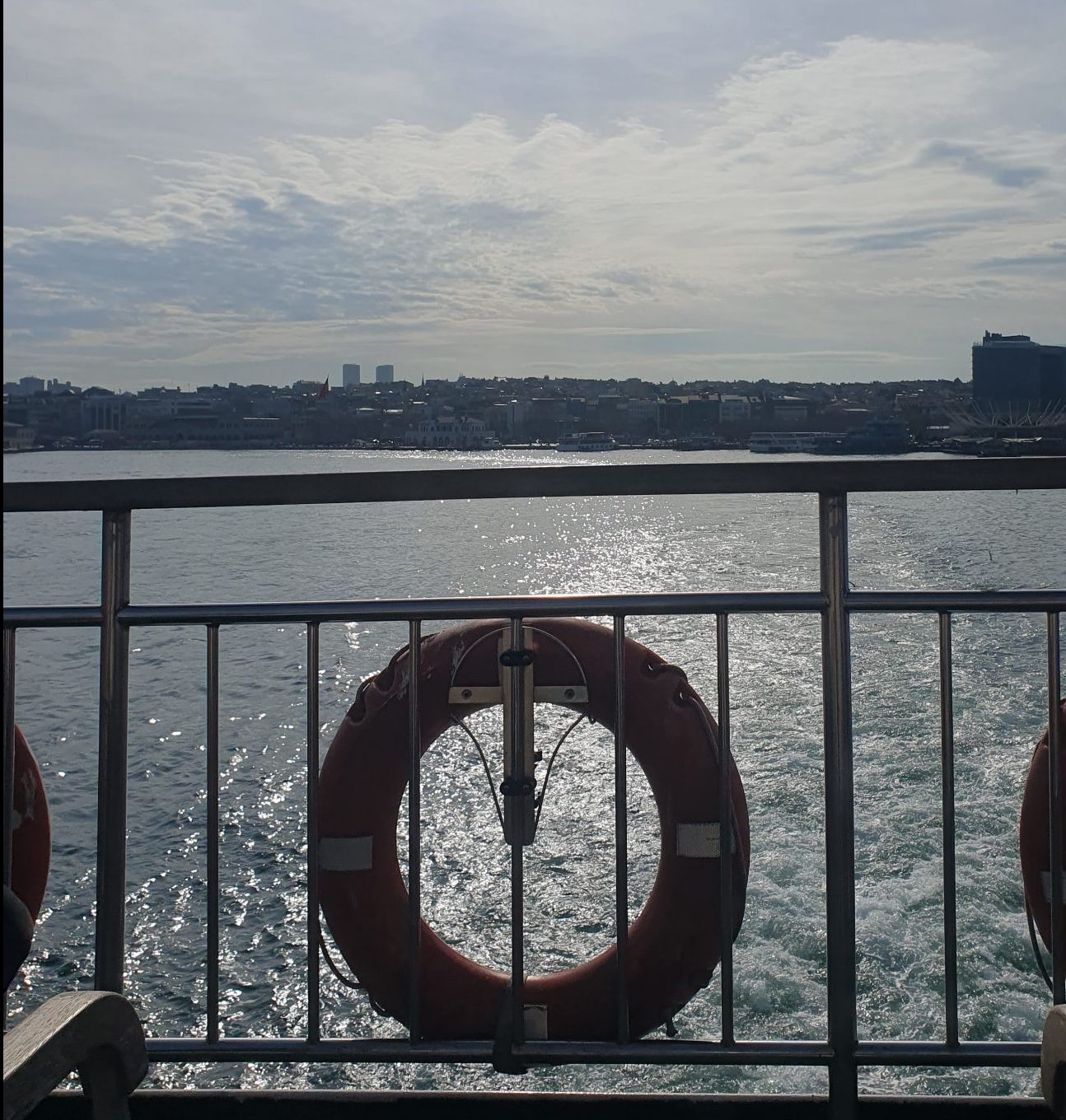
The diversity of cultures and people is in constant flux in Istanbul, just like the waters of the Bosporus. As the conclusion of the ERC-funded research project, the METROMOD team went on the trail of émigré artists in the largest metropolis of today’s Turkey.
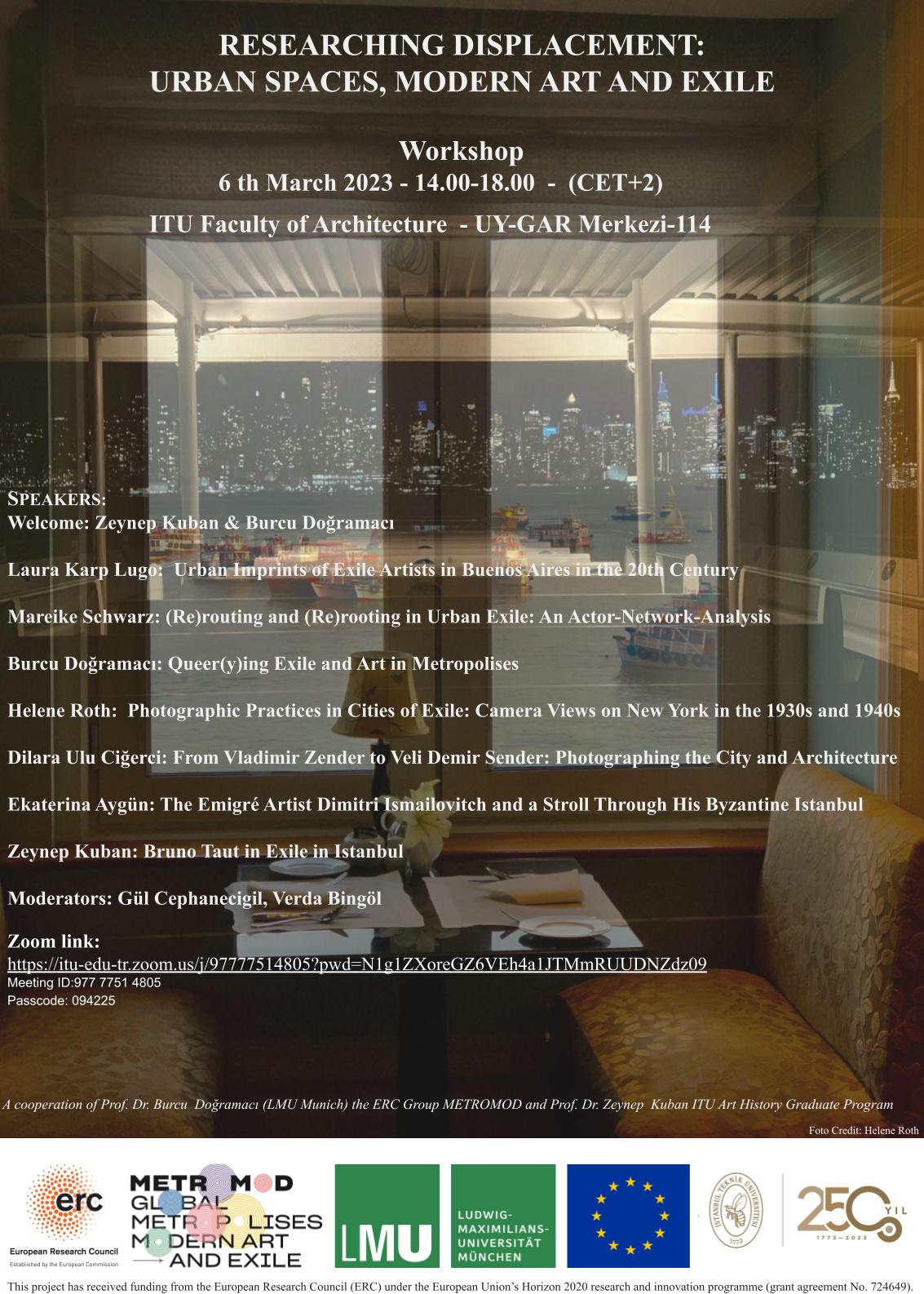
This upcoming Monday (6.3.) the METROMOD Team is holding a workshop in cooperation with Prof. Dr. Zeynep Kuban (ITÜ) in Istanbul. Participants – including the METROMOD team – will present current work on the connection between displacements and urban research.
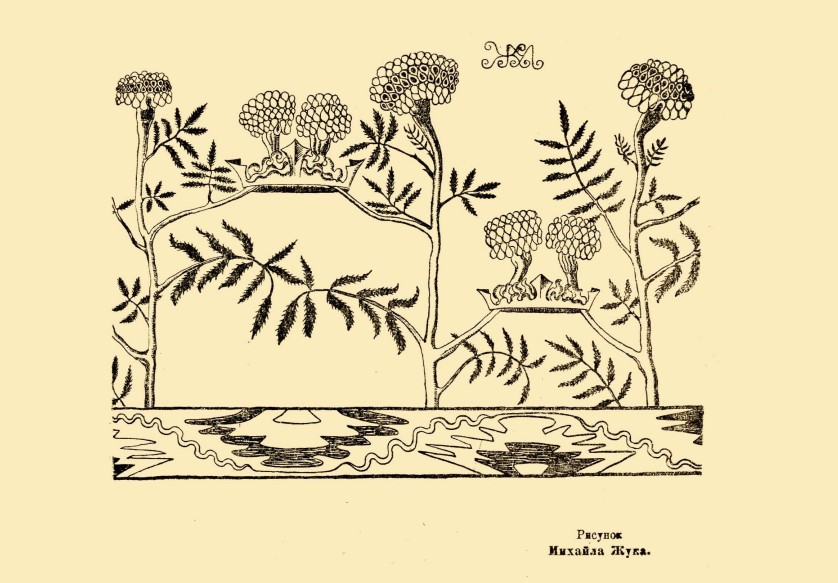
Many émigré artists who settled in Constantinople after the Russian revolution of 1917 were from the territory of present-day Ukraine. Most of them were artists from Kharkiv, Odesa, and Kyiv.
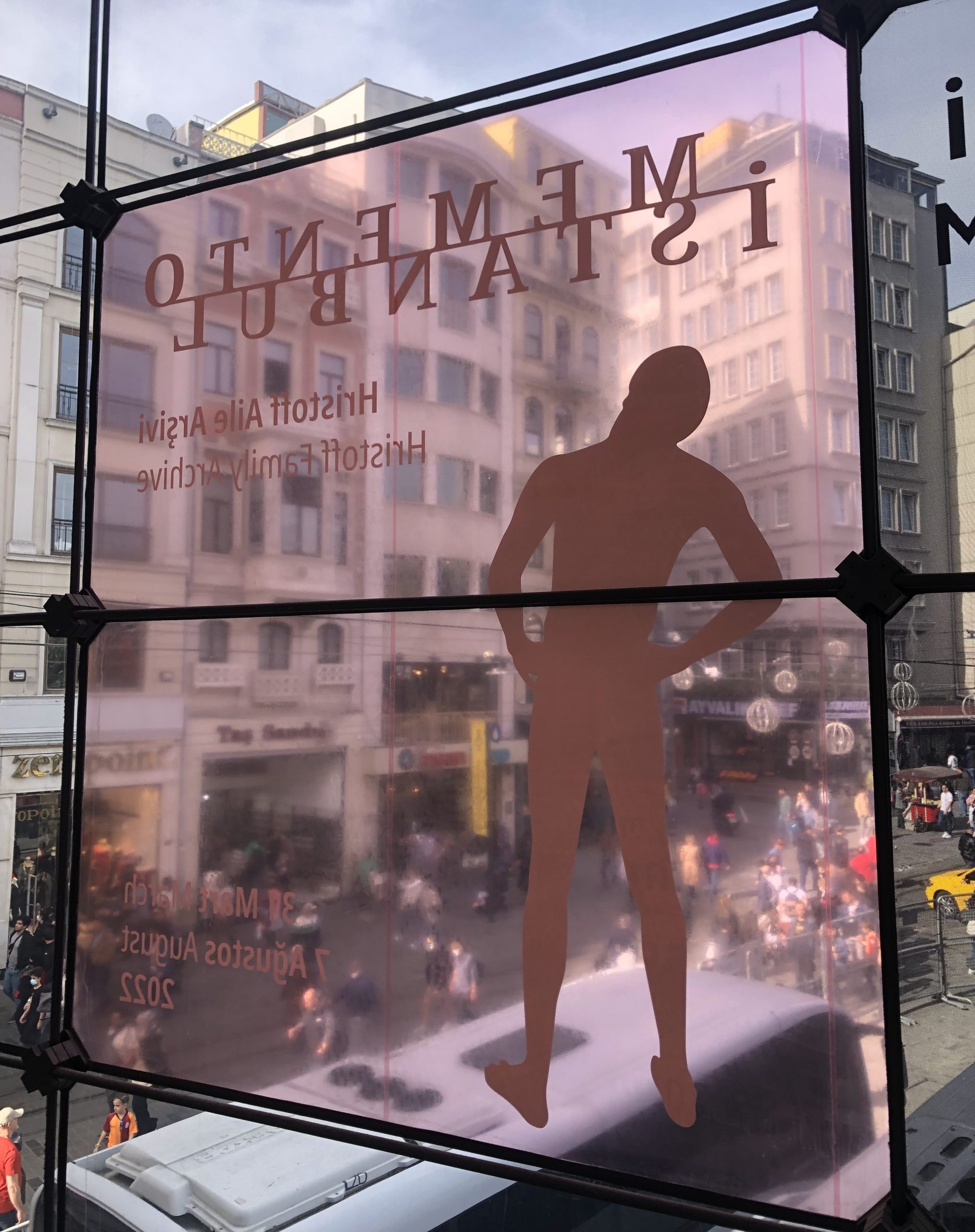
While in Istanbul, Ekaterina Aygün had the opportunity to visit a newly opened exhibition on city, art and exile at the Yapı Kredi Kültür Sanat.
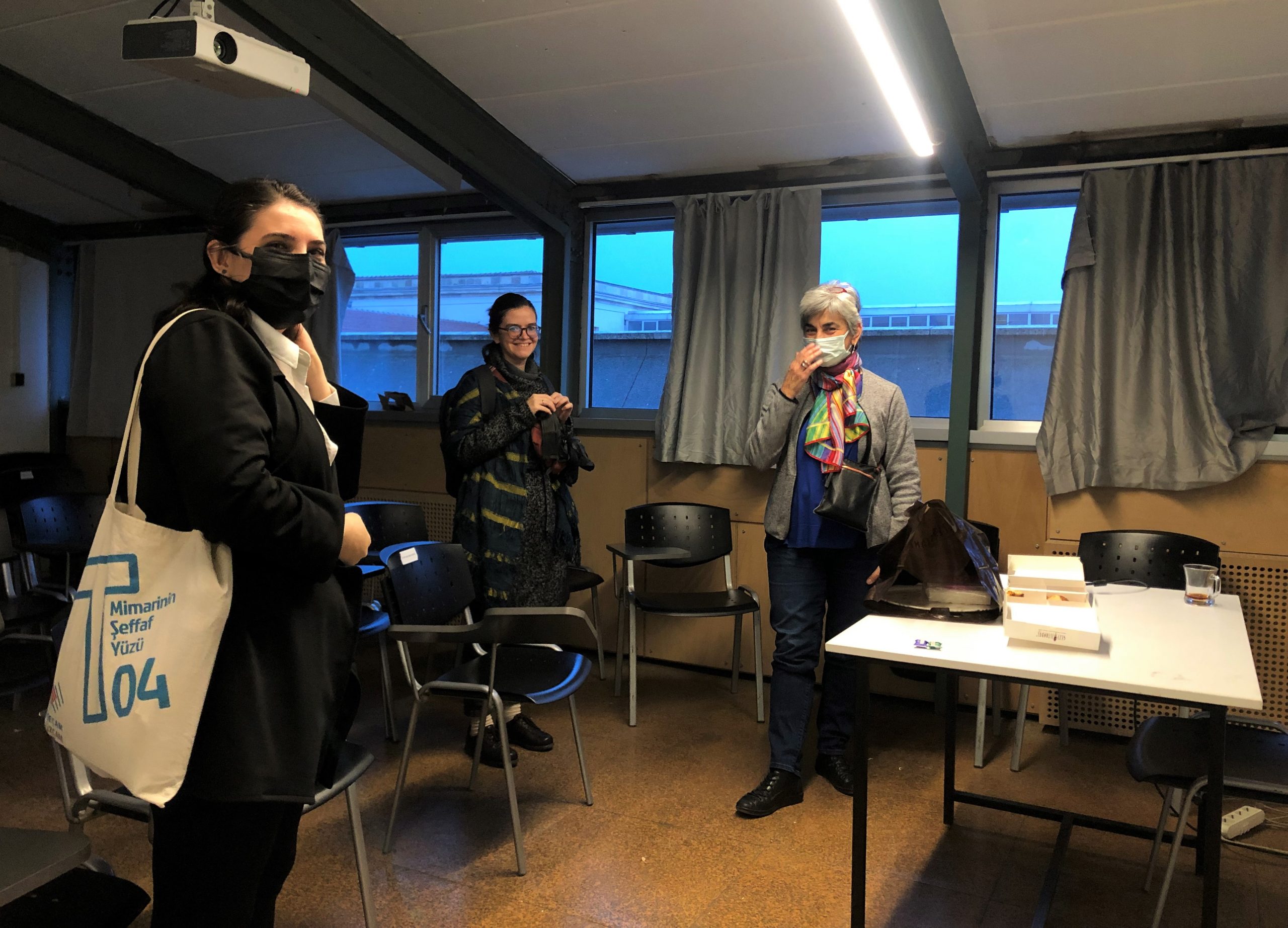
As part of the “Research Methods” lesson series, Ekaterina Aygün was invited to give a lecture at Istanbul Technical University (ITÜ), Istanbul.

At the workshop Ekaterina Aygün gave a presentation on METROMOD project and its Istanbul part.
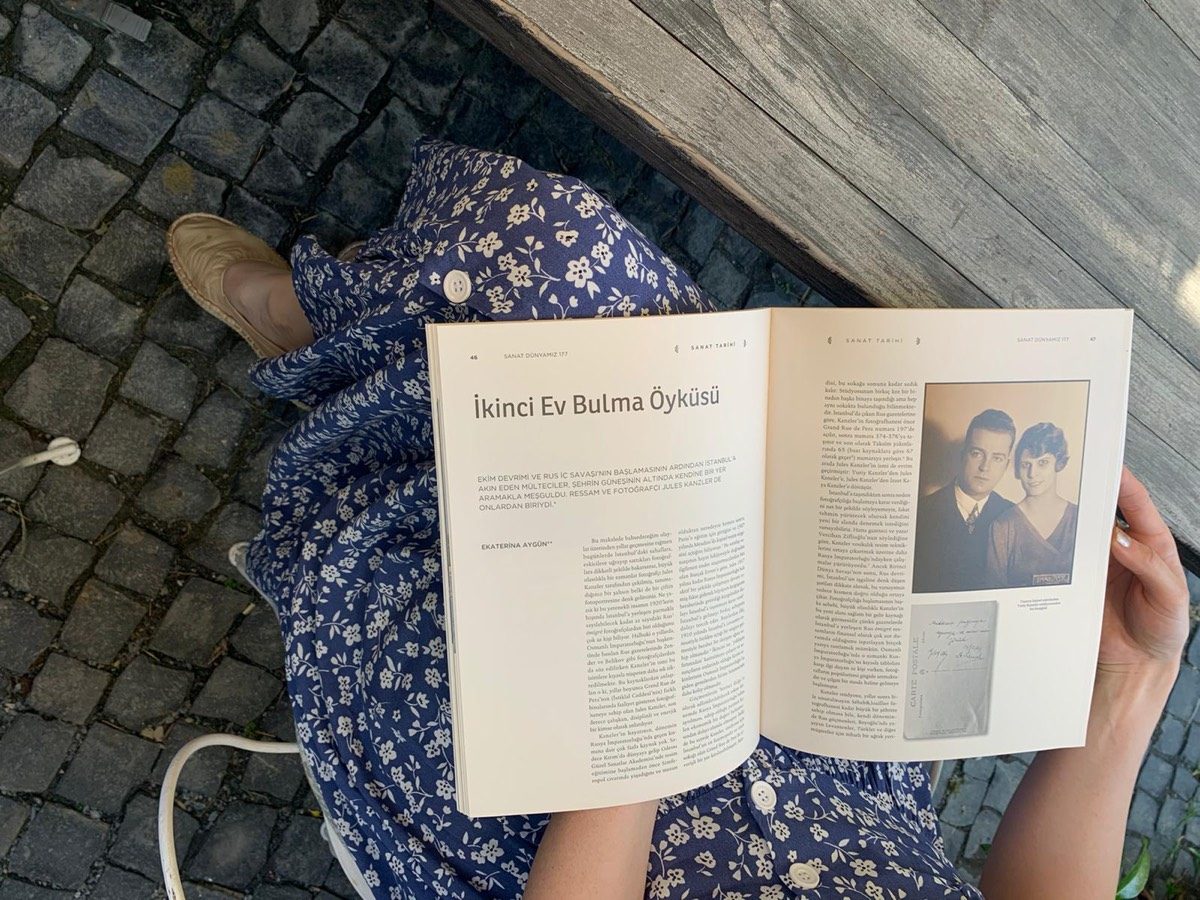
The article focuses on Jules Kanzler, who spent part of his life in the Russian Empire as a painter and the other part in Turkey as an émigré photographer, where he decided to stay and become a Turkish citizen. He is known not only as a photographer who portrayed Russian-speaking émigrés of Istanbul but also as a figure who “documented” the early years of the Turkish Republic.
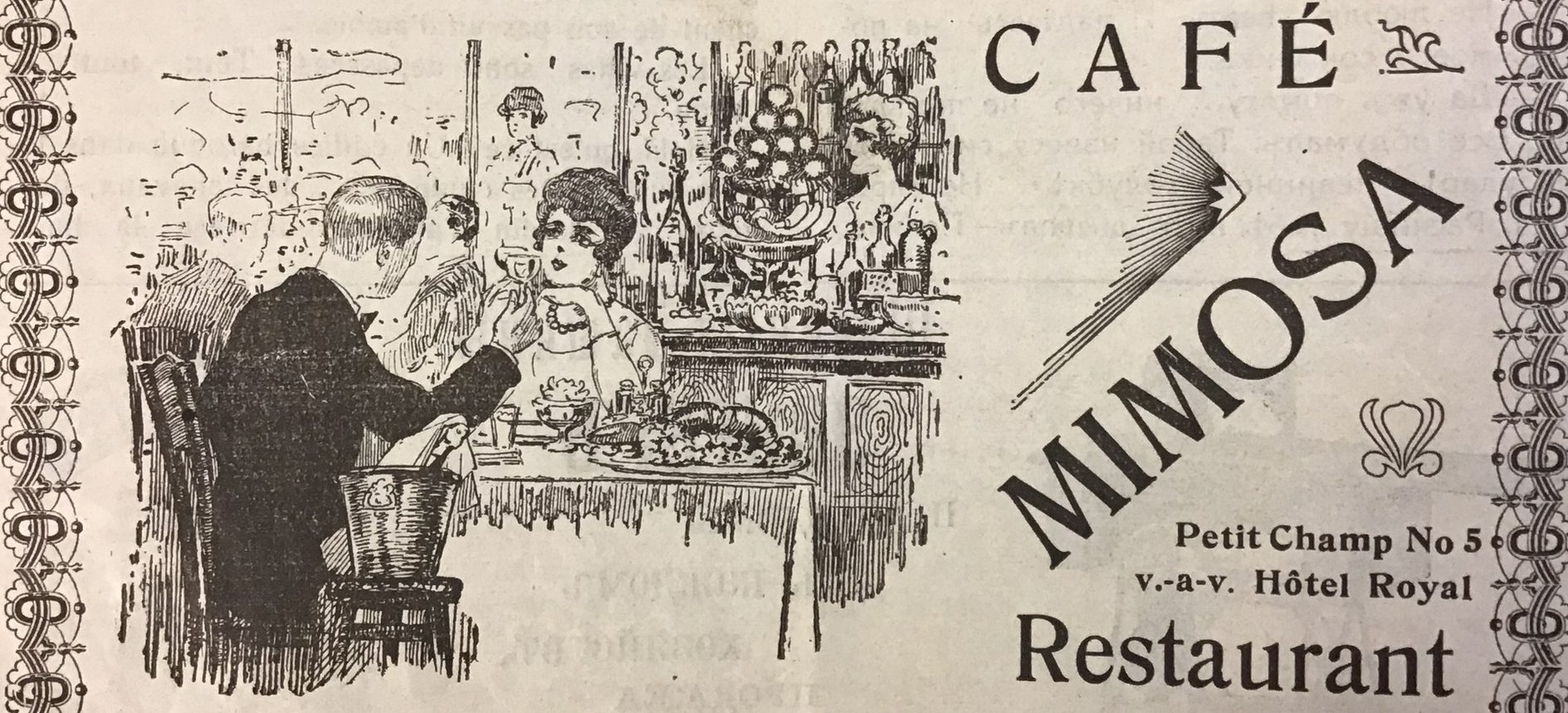
One of the main difficulties in working on Russian speaking migrants in Istanbul is the dispersal of material on this topic.
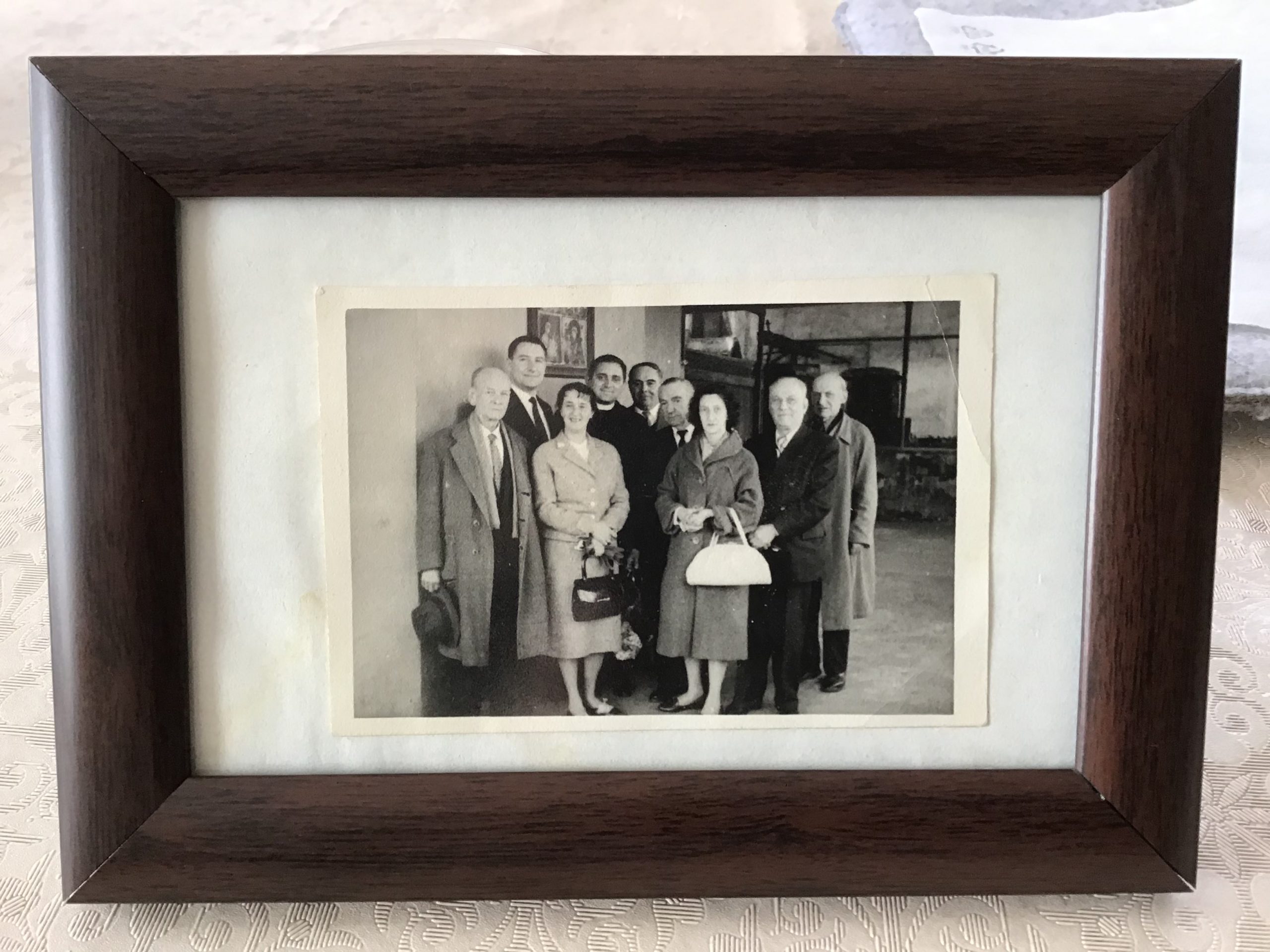
Karaköy was an arrival point for many Russian émigrés coming by dozens of ships to Istanbul. For Ekaterina Aygun Karaköy became a starting point of her fieldwork.

